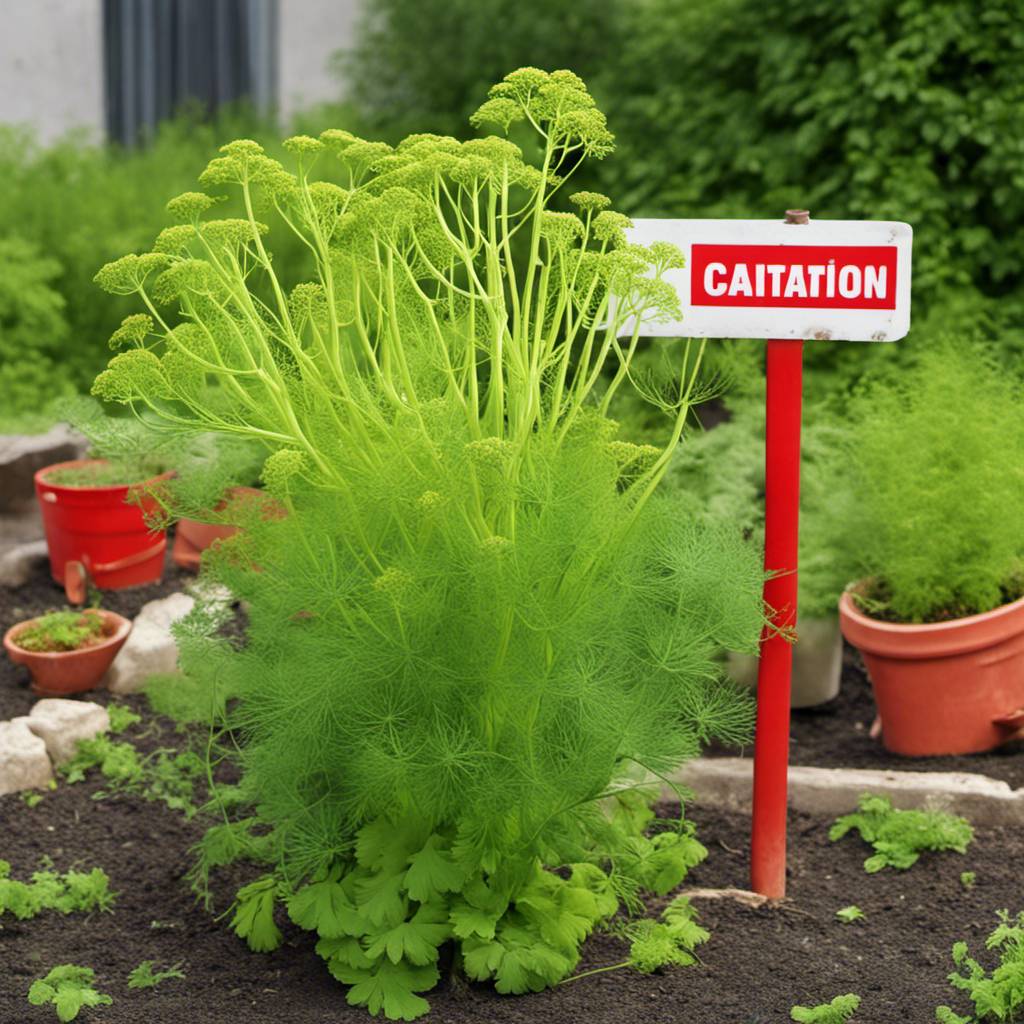
Avoid Mixing Fennel And Cilantro: A Companion Planting Warning
The Art and Science of Plant Pairing: Why Fennel and Cilantro Don’t Mix
In the world of gardening, there’s an art and science to pairing plants, much like choosing the best standing desk for your workspace. This technique, known as companion planting, is a strategic approach to gardening that can significantly enhance the growth and productivity of your crops each season.
Just as an electric height adjustable standing desk complements your posture and health, companion planting ensures that your plants complement each other’s needs, resulting in a lush and healthy garden. This method not only prevents weeds from invading your garden space but also reduces risks of pests and diseases. Moreover, it aids in maintaining soil moisture, creating an ideal environment for your plants to thrive.
However, just as not every desk suits every office, not all plants make good companions. A classic example of this is the pairing of fennel and cilantro – two common herbs that are better grown separately than together.
Why Fennel and Cilantro Don’t Mix
Choosing the right plant pairing is as crucial as selecting the best sit stand desk for your office. A poor choice can lead to competition for essential resources like nutrients, space, and sunlight, setting your garden up for failure. The unfortunate outcome of such a rivalry is often the demise of one or both plants.
When it comes to fennel and cilantro, the problem lies in their competitive nature. Despite both being leafy greens from the parsley family, these two herbs do not make good bedfellows. Their rivalry in the garden mirrors their clashing flavors in the culinary world; many recipes advise against combining them due to their competing tastes.
The Dangers of Planting Fennel and Cilantro Together
The primary issue with planting fennel and cilantro together is that they compete fiercely for resources. Just as an electric stand up desk requires adequate space to function optimally, plants need sufficient room to grow. When planted together, these two herbs will fight for space, sunlight, and nutrients, ultimately hindering each other’s growth.
Moreover, fennel is known for its allelopathic properties. This means it releases chemicals into the soil that can inhibit the growth of surrounding plants. When planted alongside cilantro, it can significantly impact the latter’s growth and productivity.
In conclusion, while companion planting offers numerous benefits for your garden’s health and productivity, not all plants make good companions. The pairing of fennel and cilantro serves as a reminder that careful consideration is required when choosing which plants to grow together.
Just as you would research the health benefits of an electric stand up desk before making a purchase or consider the aesthetics of a TV lift in your living room design, a gardener must understand the needs and compatibility of different plants. By doing so, you can ensure a thriving garden that provides you with bountiful produce season after season.
So next time you’re planning your garden layout or considering adding a new plant to your green space, remember the cautionary tale of fennel and cilantro. It’s not just about planting; it’s about planting wisely. After all, a garden is more than just a collection of plants; it’s a delicate ecosystem that requires balance to flourish.





